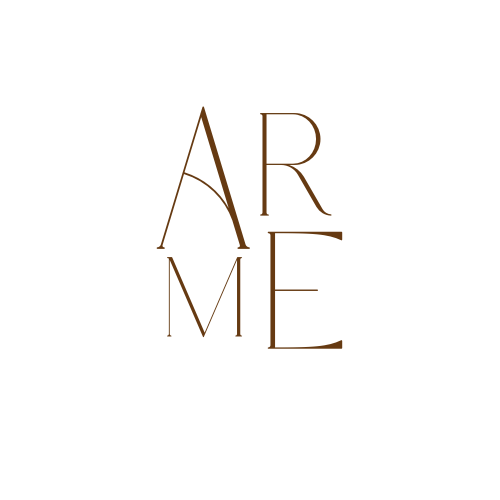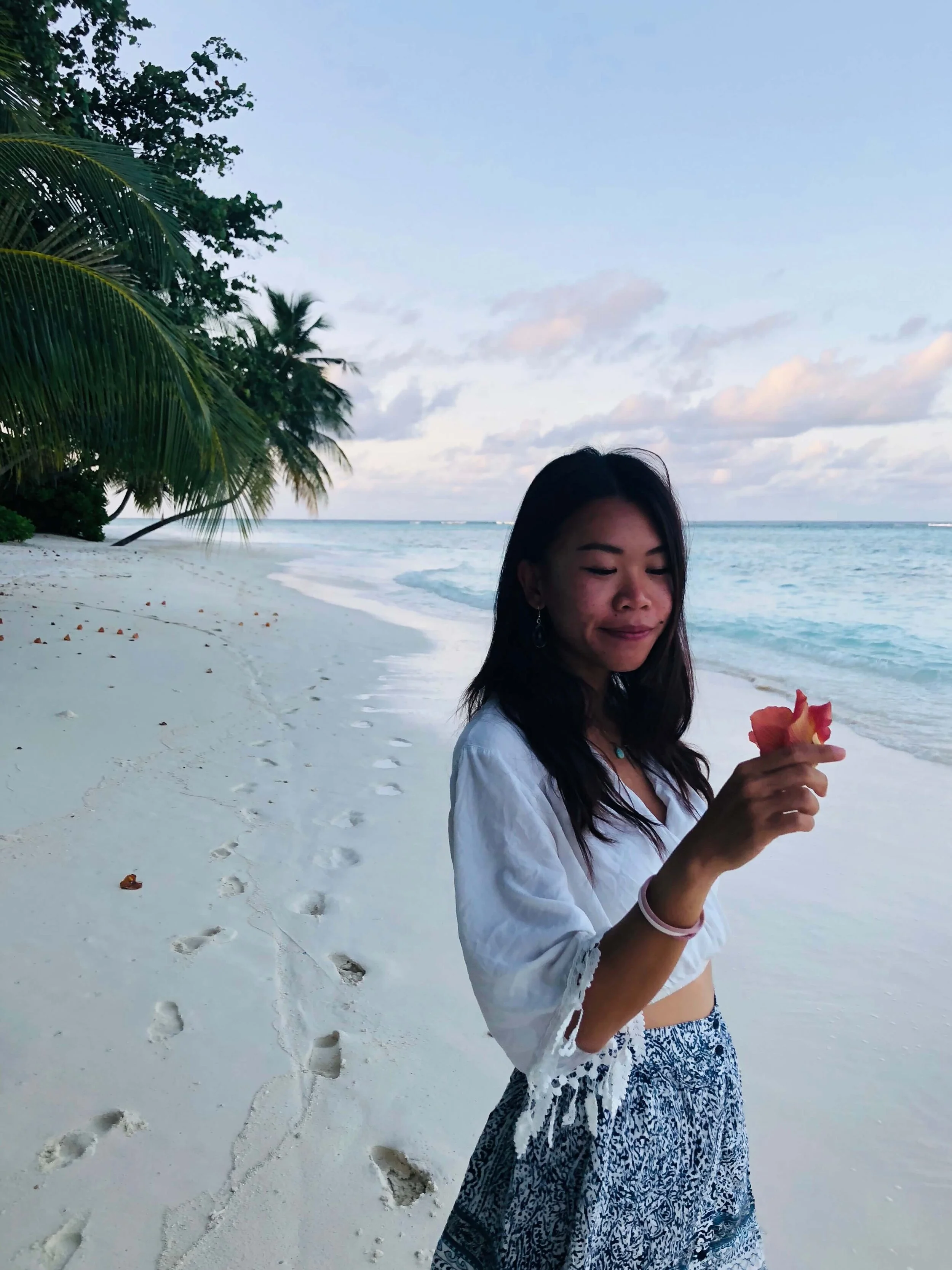Drawing Boundaries And Self Care Conditioning + 5 Tips
Self Care
“A boundary is not that at which something stops, but that from which something begins.”
Boundaries and Us
Lately, I have been honing a skill.
That skill is called drawing boundaries and self-care conditioning. It is a skill I am heavily working on right now, with social media, my loved ones and particularly myself.
It is very often in the complexities of human dynamics that we allow self- sacrificial, nurturing, co-dependent traits of ours to outshine our personal needs for others- specifically our loved ones. We tend to put their happiness and wants before our personal needs. In our professional and intimate relationships, we do so for the avoidance of conflict. Ever feel that by putting your needs first and setting boundaries you feel a pang of guilt and selfishness?
Depending on the environment, society and family upbringing, some of us may not have role models to look up to for healthy boundaries and self-care. There may be loose boundaries or no boundaries at all. It could be from no privacy, excessive physical touch, the inability to say no and so forth. Establishing boundaries and self-care conditioning is not often a topic taught in school for children. This potentially stems the belief that boundaries are not necessary and it is something we are meant to learn only when we are older.
In some of our upbringings, we may have to adopt the role of care-takers at a young age for our siblings, parents, etc. This involves taking up adult responsibilities and feeling the need to nurture, tend and assume natural obligations towards our loved ones- even at a young age. A codependent family may involve taking in and accommodating a family member’s mood swings or bad habits (substance addiction, alcoholism, unemployment, physical abuse, etc), leaving very little energy and room for prioritizing oneself. We may even be heavily condemned for putting our needs first as being selfish, disrespectful and feel a deep-seated fear of abandonment.
Depending on situations, this results in the need to be on “survival” mode in these circumstances and on contrary, further retreating our personal feelings and needs. We mould into this person defined by our circumstances. This could be the result of growing up in a household where boundaries were not set and welcomed, shaming is consistent and vulnerability is condemned or perceived as a weakness. There was no time for self-care or prioritizing one’s needs and wellbeing and further accentuate codependency traits in us.
*****
A boundary refers to a dividing line or space that is drawn in respect for yourself.
It is the defining space that priorities you over anything else. It is a healthy habit designed specifically for self-care conditioning.
““A boundary is a limit or space
between you and the other person;
a clear place where you begin
and the other person ends. ”
Facets of Boundaries
Physical Boundaries include personal space, physical touches and privacy. It begins with the awareness of what is right and wrong in various physical relationships and settings. A violation of physical boundaries looks like excessive and uncomfortable physical contact from an individual, browsing through your phone and emails, rummaging through your bedroom and other physical invasions of space.
Emotional boundaries begin with mindfully holding our thoughts and our chain of emotions. It is tapping into our awareness as to why our feelings arise within ourselves and others. It is holding a separate funnel for our emotions and others. It is recognizing that they are not interlinked or ours to take up. A violation of emotional boundaries is whereby you allow other’s emotions dictate and merge with yours (codependency) or when you allow someone to invalidate and belittle your emotions when you sacrifice your goals and plans for someone else and take up ownership and blame for their emotions.
Importance of boundaries
As an individual, I always assumed that I held strong boundaries in my life. Living most of my life abroad in the past 7 years, I rarely come home to Singapore. But when I do, it was always a jam-packed schedule for 10 days, 2 weeks or even 24 hours. There were many friends who wanted to catch up with me for coffee/drink/meal. I started feeling very anxious and stressed to the point of being home. I felt a burnout. I appreciated their efforts and concern but I also felt the inability to say no.
Eventually, over the year I have grown to prioritize my needs even further. To practice dedicating my time to my loved ones particularly family, a few groups of friends and my self-care. After some self-reflection, I realized I did not have proper role models or conversations of healthy boundaries when I was young. I had my own room since I was young than most kids my age would, a rather happy childhood and upbringing, but I was also raised in an Asian household where my relatively close-minded mother perceives her rights to every corner of the apartment- including my room and personal items. She did not understand what boundaries were because she was not educated on what they were in her own upbringing and environment. Living alone abroad granted me to full exposure to independence including fully taking care and prioritizing myself.
Recently, I have also realized even further how I had poor boundaries especially with the ones I love. My previous partner and I were very connected and he was going through a difficult time in his life. Each time something happened in his life or in our relationship, I fell terribly ill. It was then I was aware of my codependency traits towards him for I was very reactive towards every little thing in his life, even those I did not understand. I felt a need to be his savior, his therapist and his pillar. I felt completely responsible for what he was going through. I forgot how to draw a healthy emotional boundary in our relationship. Most of all, I have forgotten how to separate my energetic, emotional and physical health with myself.
Personal boundaries strengthen oneself and provide us with safety.
It is innately our sense of identity as an individual rather than being a sponge for everyone else. Drawing healthy boundaries is crucial for our mental health and well-being. It instills self-respect and courage. By showing others how we want to be treated, we are also reminding them to do it for themselves. Setting boundaries help you manage stress and reduce burnouts in our personal and professional life. Boundaries also allow us to hold a safe space for personal healing before we seek to do so for others. Drawing boundaries is essentially an inner work.
*****
Characteristics of Loose Boundaries
Overshares personal information in a short period of time
Difficulty or inability to say no
Assumes responsibilities and the need to be involved in others’ problems
Has no entitlement of own opinion and dependent on other’s instead
Fearing rejection, guilt and abandonment from others
Allowing invalidation of personal emotions by others
Apologizing excessively, “ I am sorry”
Over-commits to obligations for other’s wants not your needs
Characteristics of Healthy Boundaries
Has own opinion and follows one’s instincts
Prioritizes self-care and nurturing habits and has the ability to say no
Gladly encourages and accepts when others says no to them
Healthy pace of sharing personal information and not oversharing too quickly
Has a balanced time for relationships, work and personal time
Understands personal needs and wants and being able to communicate them authentically
High self-esteem and self-respect
“The most powerful relationship you will ever have is the relationship with yourself.”
5 Tips on Establishing Effective Healthy Boundaries
Be Attuned To Your Emotions
Whenever you have a decision to make, before jumping into a promise or an obligation, allowing awareness.
Ask yourself what are you feeling? Are those emotions yours or are you taking in the emotions of others? How is your body feeling? Remember that our physical body always presents us with the most immediate answer. Are you feeling the need to have some solitude by yourself instead of going for that drinks? If you feel a cold coming, it is okay to stay home to rest.
*
Change The Narrative In Your Head
Do you find yourself always saying,
It is not nice to say no, I feel bad, I feel guilty,
I think they need me, I think he/she needs me,
Things will be better if I was there…, I just don’t have enough time for myself…
It be better after this audit is over, It be better after…
These are all boundary traps. Change the dialogue in your head. Your self-care takes precedence over anything else, it is essentially your identity and you deserve to be treated right with self-respect. We cannot please everybody, this applies in professional and personal life. The least we can do is please ourselves. Speak more NOs to others and more YESs to yourself.
*
Compassion Towards Your needs
Your needs matters too. By practicing compassion to oneself first, you are learning to practice compassion to others. We can only help others when our own glass is full first. When you feel a need to make a boundary, be clear, specific, assertive and unapologetic. It is normal to feel a bit of guilt at the start but self- care takes priority. Do not apologize for it. You are only responsible for establishing your boundary respectfully, their reaction is not yours to be responsible of. This is practicing compassion to your needs- your physical body and mental health will be thankful for you later wards.
*
Support Others When They Say No
Empower others when a conversation that involves making boundaries come up and remind them that it is completely healthy to do the same. Sometimes, our practice of establishing becomes clearer and powerful when we invite others to do so the same. This way, we are inviting the right people in our life (not the toxic ones) a safe, intentional and non-judgemental space where establishing healthy boundaries can be mutually practiced. There is a beauty being said “No” to- if you understand everyone’s empowered right to self- care.
*
Practice, practice
Drawing boundaries and self-care conditioning may be something we are just introduced to, or perhaps neglected since childhood and finally only understanding its concept and importance now. It is vital for everyone to understand how to establish boundaries on a proactive, consistent and healthy basis. Most of all, like learning a new skill- it takes time, it is a process. Practice, practice and be proactive in it.
Self-care is never ever a linear trajectory. It takes a lot of honing, trial and errors. However, it is utmost your priority. I learn to ease into it and take it easy on myself, practicing mindfulness, drawing boundaries towards conditioning my self-care.
Interested in diving inwards right now already? Consider Bhava: Your Journey Inwards Toolkit, a free resource dedicated for navigating one’s journey inwards. In this toolkit, we discuss how fear holds us back, its limiting beliefs and contains practices to move through them. We also discuss aspects of loose and healthy boundaries, compassion and inner child work. You can read more about Bhava here.
New here?
I am Sylvia— a spiritual writer, certified Human Design reader, Projector mentor, and business guide behind Arawme,
“Arawme” is a raw me put together.
Join me and others in my mindfulness & intuitive tribe, where I'll share mindfulness life doses, intertwining spirituality and personal growth, and infusing the wisdom of astrology, human design, and other tools I personally use in my life. Begin your journey inwards and nourish yourself with this free downloadable: Bhava.
If you are on Substack, join me there where I write about the Projectorhood journey, healing, spirituality, soft and slow living, musings about grief, love, life, and loss, feminine energetics, Projector soft business, visibility energetics, and so much more.
Meanwhile, I’d love to connect with you on Instagram!
Meanwhile, do come and say hi on Instagram! Check out other Your Journey Inwards resources below!



















